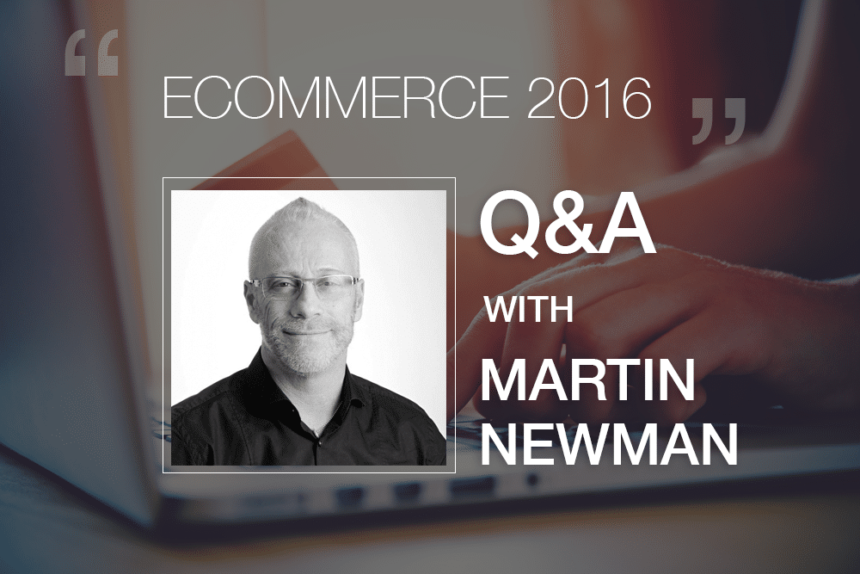
 Martin Newman – CEO, Practicology
Martin Newman – CEO, Practicology
Martin Newman founded Practicology in the UK, and leads the global business today.
He has been involved in multichannel retailing for over 25 years, and had profit and loss responsibility for retail, direct mail, ecommerce, kiosks and call centre channels for a number of retailers including Ted Baker, Harrods, Pentland brands (Speedo, Kickers, Boxfresh etc.) Burberry and Intersport.
What are the new eCommerce technologies or approaches that you think will have the biggest impact on consumer behaviour and sales in 2016?
“This is a big question. We’re going to see a big increase in retailers internationalising. And this will involve retailers in multiple markets around the world leveraging the web to extend their reach. So Chinese brands coming to the UK, EU and US. US retailers coming to the UK, EU and AsiaPac. Australian retailers going to China and coming to the UK and so on.
Increasingly they will adopt a more focused localised approach in these markets in terms of language, content, range, logistics, payments, customer service and marketing. In order to be relevant to local market customers, you have to localise.
From a technology perspective we’ll see a big increase in digital being leveraged in store. This will include instore ordering, the endless aisle, mobile tills, social media engagement through touch screens, interactive mirrors and so on. We’ll also see some early adopters really to start to take advantage of iBeacons to target customers in the store with relevant offers and promotions.
And of course, mobile will continue to grow. 2016 will be the tipping point. By the end of the year, most mature multichannel and pure-play retailers will see more of their sales coming through mobile than desktop.”
Which regions or markets do you foresee huge growth in eCommerce in the coming year?
“The UK will continue to lead the way in terms of the percentage of retail being conducted online and the spend per capita online. Retailers are actively reviewing their operating models as a result of online growth. For example, if 40% of your sales are generated online, and soon this be 50%+. How many stores do you need? Or many more should you open?
The web and store channels don’t necessarily need to be treated in isolation of course as click and collect will also drive some of these decisions.
Due to it sheer scale, China will again be a focus for lots of international brands. However, the current economic slowdown in China will affect the pace and investment in which retailers pursue market entry. Even if it’s only digital first entry.”
Which sectors of the economy are most ripe for digital disruption in 2016? And how will this impact on eCommerce?
“I still think there’s lots of disruption to come in retail. But other verticals such as financial services, media and entertainment are being heavily affected by digital and ecommerce and we will see the majority of players in these sectors adapting their operating models to account for the continual move of consumers to want to engage online.”
What still represent the biggest barriers to eCommerce success for a brand or retailer?
“Most retailers still structure around channels and not around the customer. In order to be relevant in future, retailers must rethink their models. Systems, people and processes need to be changed to meet the needs of multichannel customers. Logistics continues to be a challenge for many retailers who struggle to profitably deliver the experience customers demand.
There are many legacy issues in retail not least technology. Retailers need to rethink how they develop a more agile IT infrastructure and capability so that they can adapt their models at pace in the future.”
What roles do you see becoming more important for eCommerce businesses this year?
“The chief customer officer. While everyone in a retailers business should have some responsibility and focus on the impact of what they do on the customer, someone has to own the customer in order to ensure that the customer experience is relevant and that systems, people, processes, customer service and marketing communications are aligned and centred around delivering the optimal customer experience.
We’ll also see more chief digital officers. My only concern with that is whether these people have the same customer facing skills. The term digital transformation is a misnomer.
The requirement is ‘customer transformation.’ Digital and technology are merely the conduits to enabling the delivery of the appropriate customer experience.”














